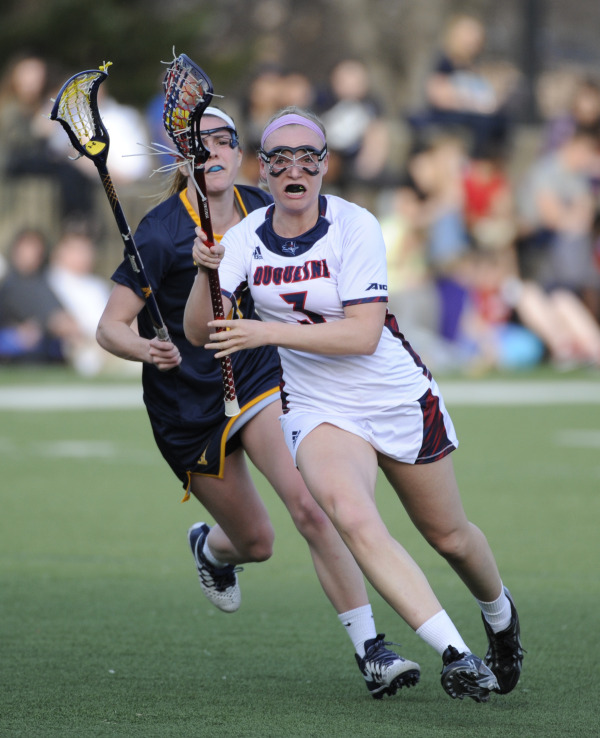10/22/2020
Mohammad Sajjad | Staff Columnist
It’s safe to say that COVID-19 has turned our world upside down. In a matter of months, the way we interact with each other has completely changed and has inadvertently caused a fiery political debate that has polarized our country in a vital election year.
The pandemic has also affected the way education is being delivered, a topic that may be more personal for students. Undoubtedly, remote learning has been a negative for many individuals.
Not only are students missing valuable interaction with their classmates and professors, but low-income students who don’t have access to resources needed for an online education are automatically at a disadvantage.
For some students, however, the switch to remote learning may have been beneficial for them.
Varied reactions to remote learning should make us realize that the way each student learns is different and that education should be tailored for the individual, rather than the masses.
Regardless of what someone is studying, the amount of information that students are required to learn and retain can seem daunting. On top of that, depending on the professor, content isn’t always delivered in the most steady manner.
In my own experience, I’ve struggled to keep up in live classes given how fast the professor was delivering their lecture. Information went in one ear and out the other. When it came time to studying for the exam, I was essentially looking at the material for the first time.
The pandemic has ushered in an era where professors are posting pre-recorded lectures for their students, in lieu of synchronous classes. While this may not be preferred by many students, it can be a blessing in disguise for individuals like me who learn more efficiently at their own pace.
Some students may identify as independent learners and prefer to take responsibility for their own education. For these students, attending synchronous classes may not be the best use of their time. This is not to imply that these students don’t need professors; rather, professors in these cases serve as guides for their students to answer their questions and make sure they are on the right track with the material.
Mental health is another issue to consider for students during the pandemic. For many individuals, being isolated from their peers and community has negatively impacted their mental wellbeing. For other students, however, the switch to remote learning has alleviated fear and anxiety that comes with attending live classes.
Entering a large lecture hall filled with students eager to learn can be a tall task for someone who simply struggled to get out of bed that day. These students are at a disadvantage compared to their peers and are at risk of falling behind. However, with remote learning, individuals that experience depression or anxiety can find comfort knowing that they have the opportunity to learn from home and not fall behind in their classes.
The point of this article is not to argue which mode of learning is better, but to emphasize that students have responded differently to the transition to remote learning and that this should be taken into account when approaching education in the future.
It’s easy to say that a particular mode of learning is more effective for the majority of students. But what about the minority? I believe this pandemic has given educators an opportunity to tailor the delivery of education in a way that is accommodating for all students and takes into account students’ personalities, learning preferences, and mental health states.
To professors and administrators: once this pandemic is behind us, why not continue live streaming your classes to give students more flexibility? Depending on the individual, it may make a huge difference.



